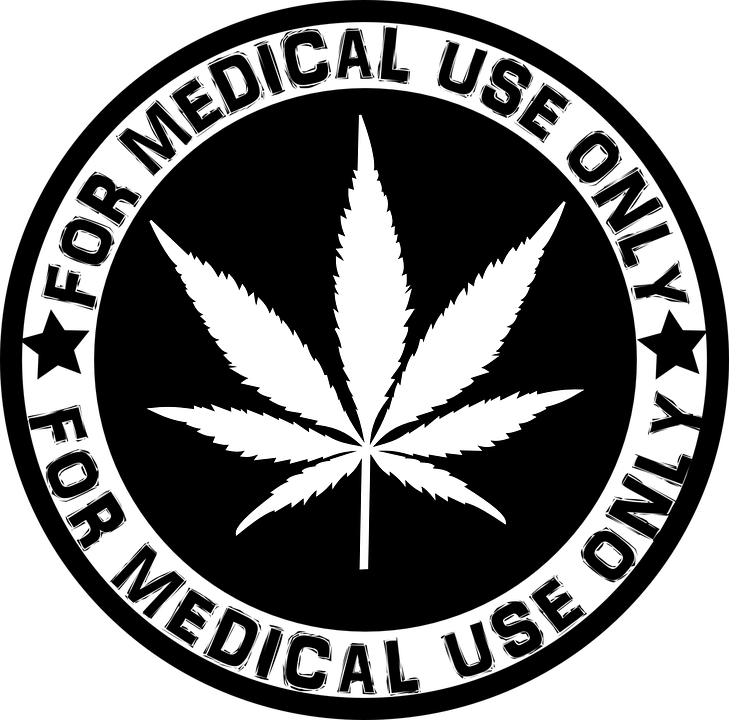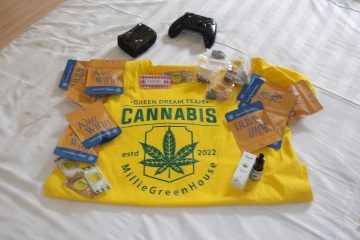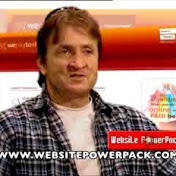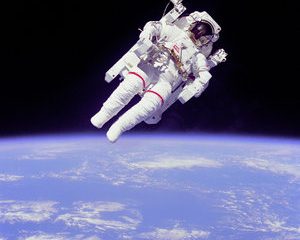Categories: Uncategorized
Our Products… Each Tested and Certified
Got Gummies?😊 We also offer THC and CBD Gummies. We can make them from 10mg per and up. Typically we offer all Flavors and 20mg and 50mg. 20mg Gummies come in sealed and tested and Read more…




0 Comments